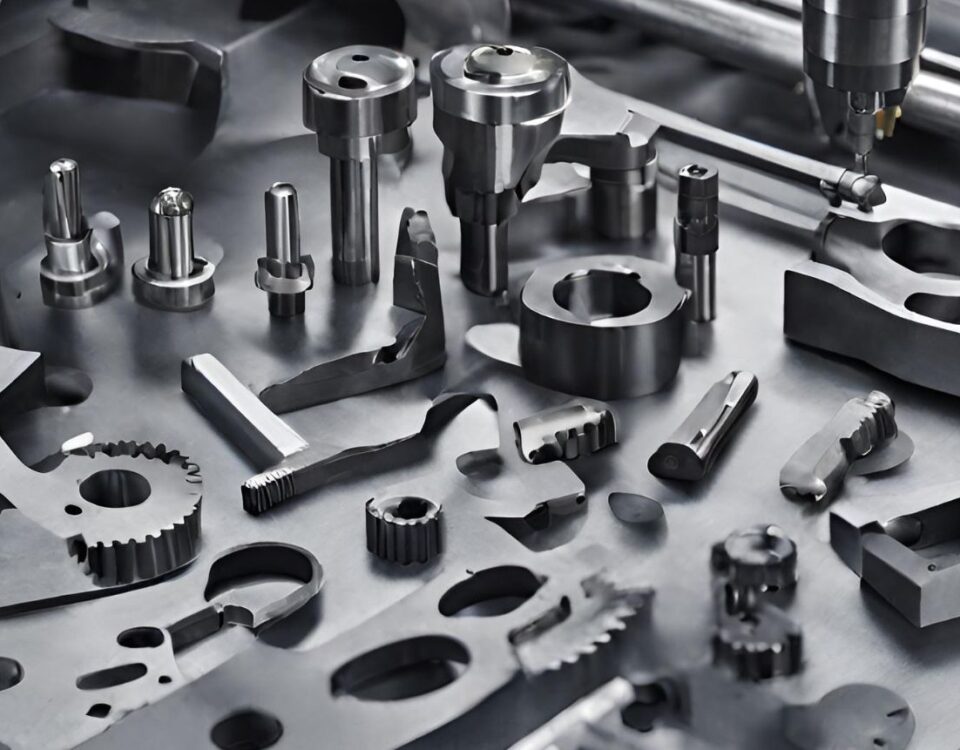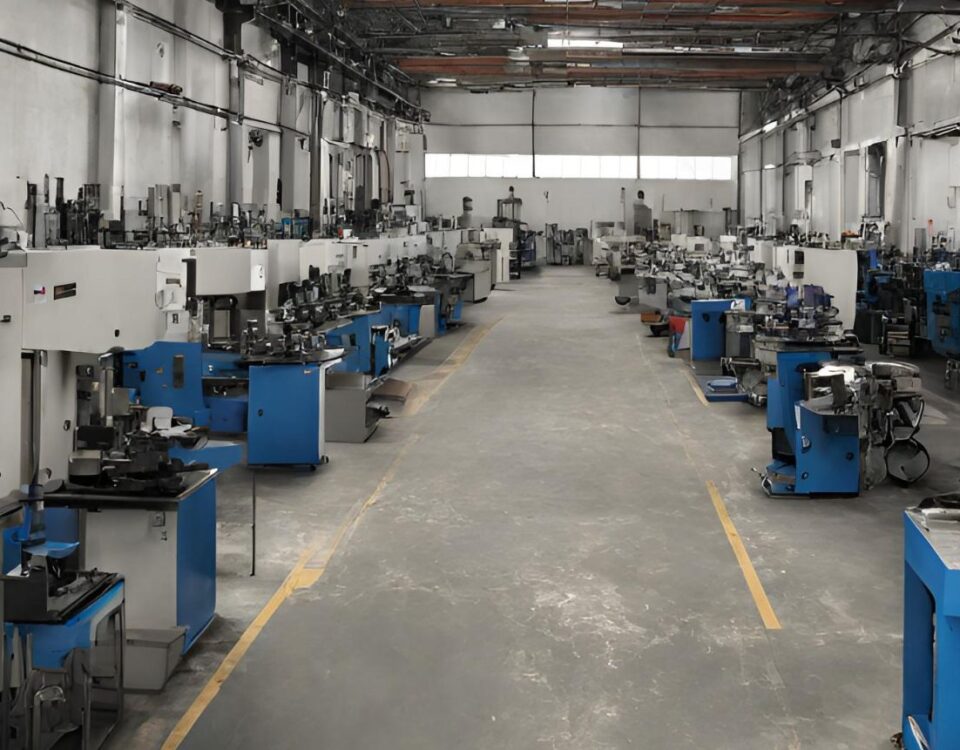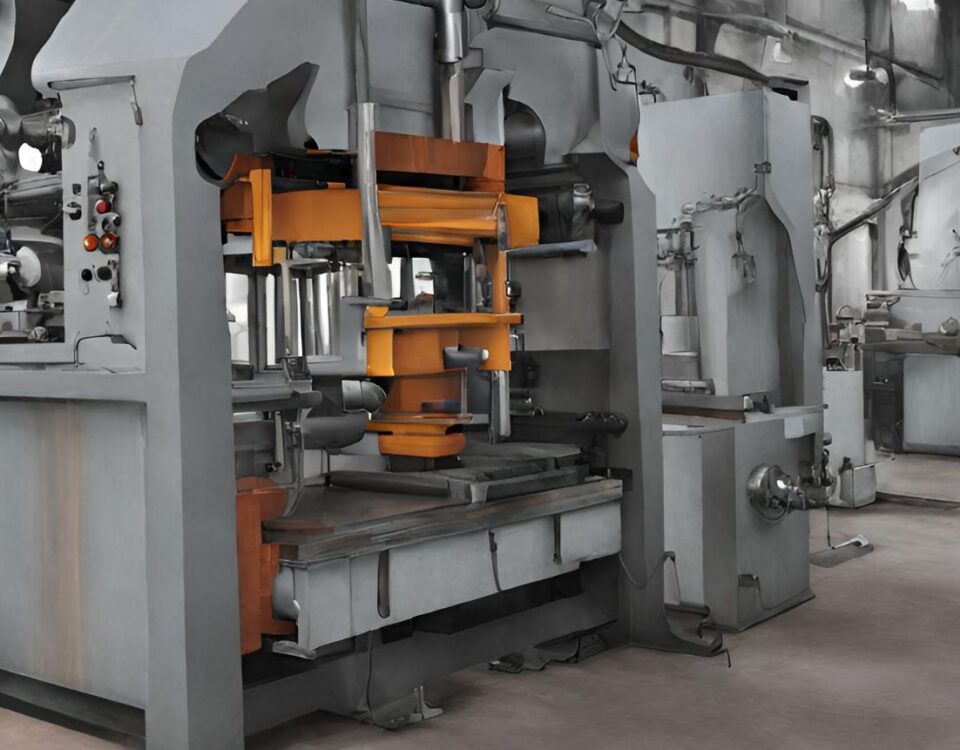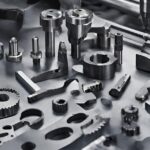
Exploring the Various Applications of CNC Tools
15 April 2024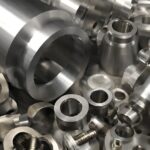
The Art and Science of Precision Machined Components: Crafting Perfection
18 April 2024During the design and production process of any product, it is common for activities like design changes, process changes, process adjustments, unplanned line shutdowns, production changes, and line changes to occur. However, it is crucial to ensure that these activities do not negatively affect the quality of subsequent production. This can be achieved through first article inspection during the job preparation verification and post-production shutdown verification phases.
1. Definition of first article and first article inspection
① Process changes
During the production process, any of the 5M1E production factors - people, machines, materials, methods, environment, and measurement - can change. For instance, personnel changes, equipment adjustments and maintenance, material substitutions, design changes, and line stoppages can all impact production.
② First item
The first product or few products are processed at the beginning of each shift or after a process change. For high-volume production, the term "first article" often refers to a certain number of samples.
③ First article inspection
To ensure quality control during production, it is recommended to inspect the first or first few products processed on the production line at the beginning of each shift or after a process change. The number of inspections required can vary depending on the requirements of different companies or customers. However, it is generally recommended to inspect at least 3-5 products in continuous production. Only after they have passed the inspection can the subsequent products be processed. In addition, a strict first-article inspection must be performed before any changes are made to equipment or manufacturing processes and before processing begins for each work shift. This helps to ensure consistent quality throughout the production process.
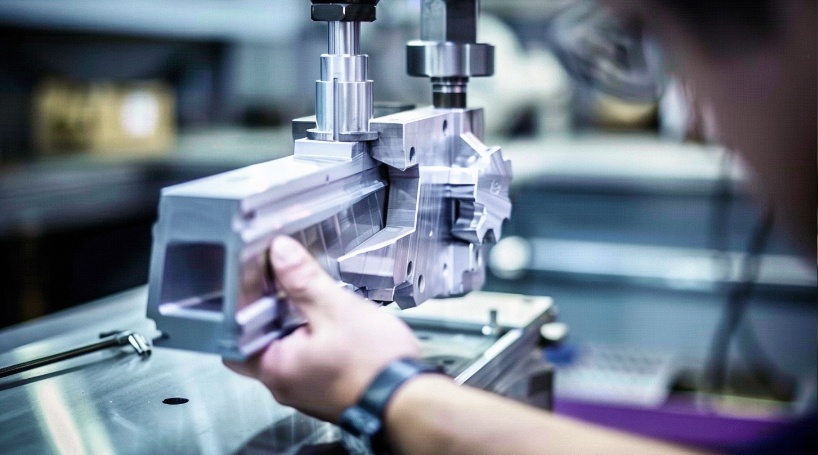
2. The purpose of the first article inspection
The purpose of the first article inspection in the production process is to prevent batches of products from being outside of the specified tolerance, which would require them to be repaired or scrapped. It is an important method of controlling the production process and ensuring product quality. This inspection helps companies to improve economic efficiency by preventing costly errors during production.
The purpose of the first article inspection is to identify any factors that may impact the quality of the product during the production process of custom cnc milling, as early as possible. This helps to prevent any defects or issues with the entire batch of products.
The production process can officially commence only after the first inspection confirms that the product meets the required standards. This is done primarily to avoid the production of batches of products that do not meet the necessary quality standards.
Extensive practical experience has shown that implementing a first inspection system is an effective way to identify problems at the earliest stage possible and prevent batches of products from being scrapped. By conducting a first-piece inspection, systemic issues such as severe wear and tear of tool fixtures, installation and positioning errors, deterioration of measuring instrument accuracy, misinterpretation of drawings, feeding or formula errors, and others can be detected. This allows for corrective or improvement measures to be taken to prevent defective batches and ensure that only qualified products are produced.
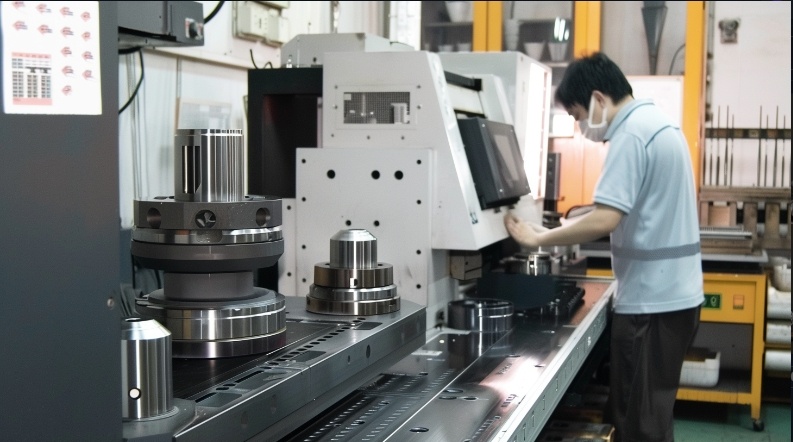
3. Timing/occasion of first article inspection
Beginning of each work shift
Change operator
Replace or adjust equipment and process equipment (including tool replacement or sharpening)
Changes in technical conditions, process methods, and process parameters, such as changes in roughness requirements, changes in internal hole reaming to boredom, and changes in the amount of tool feed or rotation speed in the CNC program, can have an impact on the final product.
After using new materials or material substitution (such as material changes during processing, etc.)
Replace or retest the tank fluid etc. (such as phosphating, nitriding, etc.)
4. Requirements for first article inspection
The first article, inspection, adopts a three-inspection system: self-inspection, mutual inspection, and special inspection:
Before processing subsequent products, they must be inspected by the operator, team leader/colleagues, and inspector.
It is crucial that the full-time inspection personnel ultimately verify whether the first product has passed the inspection. In case the product does pass, the inspector must label it with the prescribed mark and keep it until the entire batch or class of products is processed. All first products must be kept as samples for future comparison to determine if there have been any changes in the process. The inspector should also mark the product that has passed with a "√" using a marker to indicate that it has passed the first article inspection.
If the initial article doesn't pass the inspection, it's important to identify the cause of the failure, take necessary measures, and eliminate the fault before reprocessing the article. After reprocessing, the article should undergo three inspections. Only when it passes these inspections can it be designated as the first article.
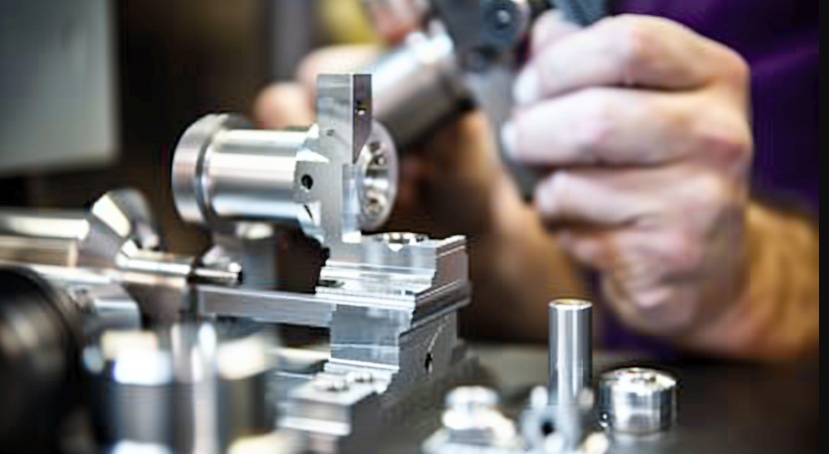
5. Main items of the first article inspection
Check whether the drawing number matches the work order.
Check whether materials, blanks, or semi-finished products comply with work orders.
Check whether the material, blank surface treatment, and installation positioning are consistent.
Check whether the formula ingredients meet the specified requirements.
Check whether the actual quality characteristics of the first product after processing meet the requirements specified in the drawings or technical documents.
6. First article inspection standard process
① Theme content and scope of application
This document outlines the company's guidelines and procedures for conducting pre-article inspections and pre-article inspections of new products during the production phase.
This regulation is applicable to the company's monitoring of the first article inspection and first article inspection of new products throughout the production process.
② Responsibilities
The Production department has the responsibility of organizing and managing the initial article inspection process.
In case of any quality accidents caused by unauthorized production of products without a first-piece inspection of new products, first-piece batch inspection, or unqualified first-piece inspection, the person who is directly responsible for it shall be held accountable.
The accuracy of the first article inspection is the joint responsibility of the inspector and the person in charge of the production line.
If the first article confirmation process is incomplete and the inspector proceeds to issue a quality certificate, the inspector will be held responsible for any quality accidents that may occur.
③ Control requirements
Whenever the production department completes its first semi-finished or finished products, those products must undergo a first-piece inspection and confirmation process.
For regular production products, a first-article inspection must be conducted on a batch-by-batch basis.
If the machine shuts down due to equipment or process issues, the first-piece inspection and confirmation process must be carried out when the machine is restarted.
Whenever there is a change in the product materials or specifications during production, a first article inspection and confirmation are required.
When inspecting the first article of a new product, it is the responsibility of the production unit to inform the relevant inspection personnel and proceed in accordance with the currently valid drawings, lists (or samples provided by the customer), and process documents. The inspector should record the inspection results in writing. If the first product passes the inspection, the results should be printed on the first article card. Sign and attach the card to the first product to indicate that it is the first product. If the first product fails the inspection, it should be returned immediately and redone, and the records should be kept. cnc-machined Products that still need to pass the first article inspection should not be accepted.
The first piece is a mass-produced sample and is retained by the production department until the full batch of production is completed before it can be finally delivered.
During the first article inspection, all raw and auxiliary materials used in the product production process should be inspected and must comply with regulations.
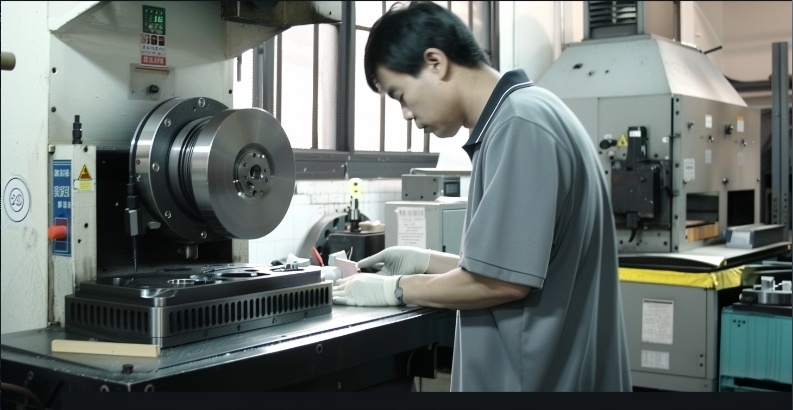
④Working procedures
For the first article in the production line, the supervisor and inspector should visit the production site to oversee the actual producers who complete the first article by themselves, according to the production process and the current and effective production process documents. They should also supervise each production process and promptly correct and resolve any issues that are found.
The first regular production products and products produced after shutdown and restart must complete all production processes. After the producer passes the inspection and signs the first piece plate, it will be handed over to the inspector for the first piece inspection.
During the first-piece inspection, the inspector shall work with the person in charge of the production line to inspect according to the currently valid drawings, lists (or samples provided by the customer), process documents, and cnc machined parts requirements. If the first piece cnc machined parts passes the inspection, it shall be marked (such as the signature "First article qualified," etc.), and the first article card will be countersigned by the producer (or representative) and inspection personnel.
The first article inspection required due to major changes in the product can be approved by the relevant personnel and the inspection signature. If the first article fails the inspection, it will be returned immediately, and the first article will be redone.
The first mass production of new products, semi-finished products, and finished products generated after changes in materials and specifications require first-piece inspection and confirmation.
During the first article inspection, the first article record should be made on time, and the first article confirmation form should be filled out.
If any quality issues are detected during the production of the first article, they need to be reported and resolved without delay. Any items that do not meet the required standards should be re-evaluated. Production can only be initiated once the first article has cleared the inspection, the results have been recorded on the first article card, and the inspector has acknowledged the quality.
Normal delivery inspection by the inspector can begin only after the first piece has been confirmed.
Chinese Professional China CNC Part and Metal Machining Parts, Anebon relies on high-quality materials, perfect design, excellent customer service, and competitive prices to win the trust of many customers at home and abroad. Up to 95% of products are exported to overseas markets.


